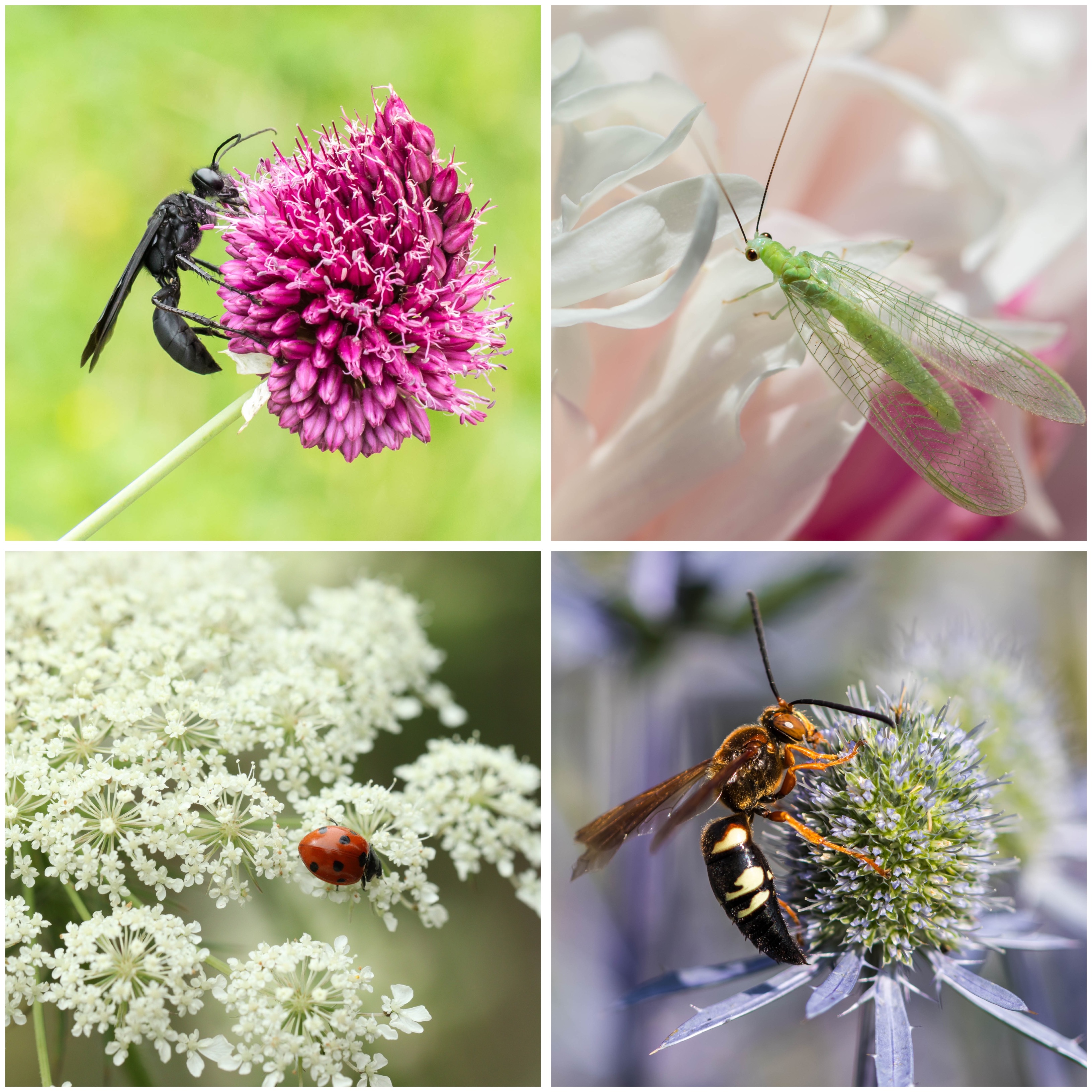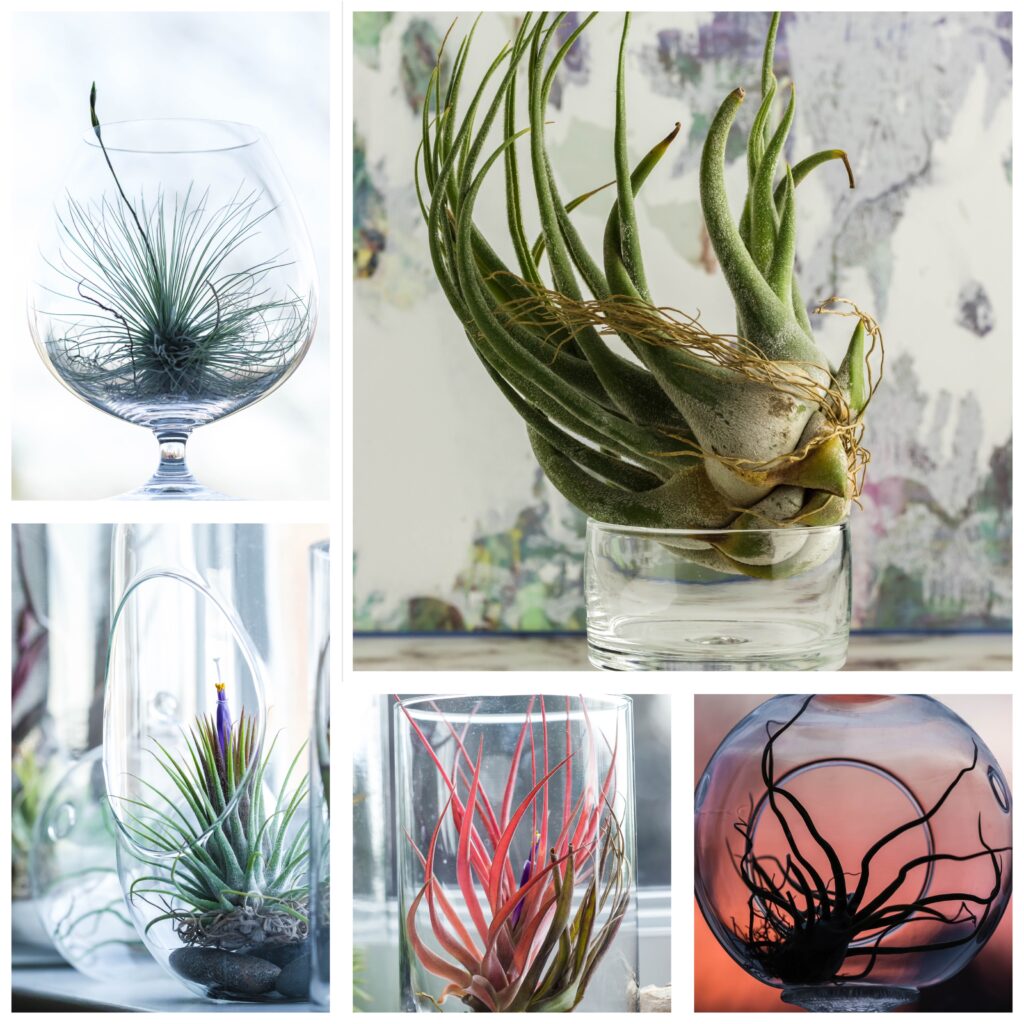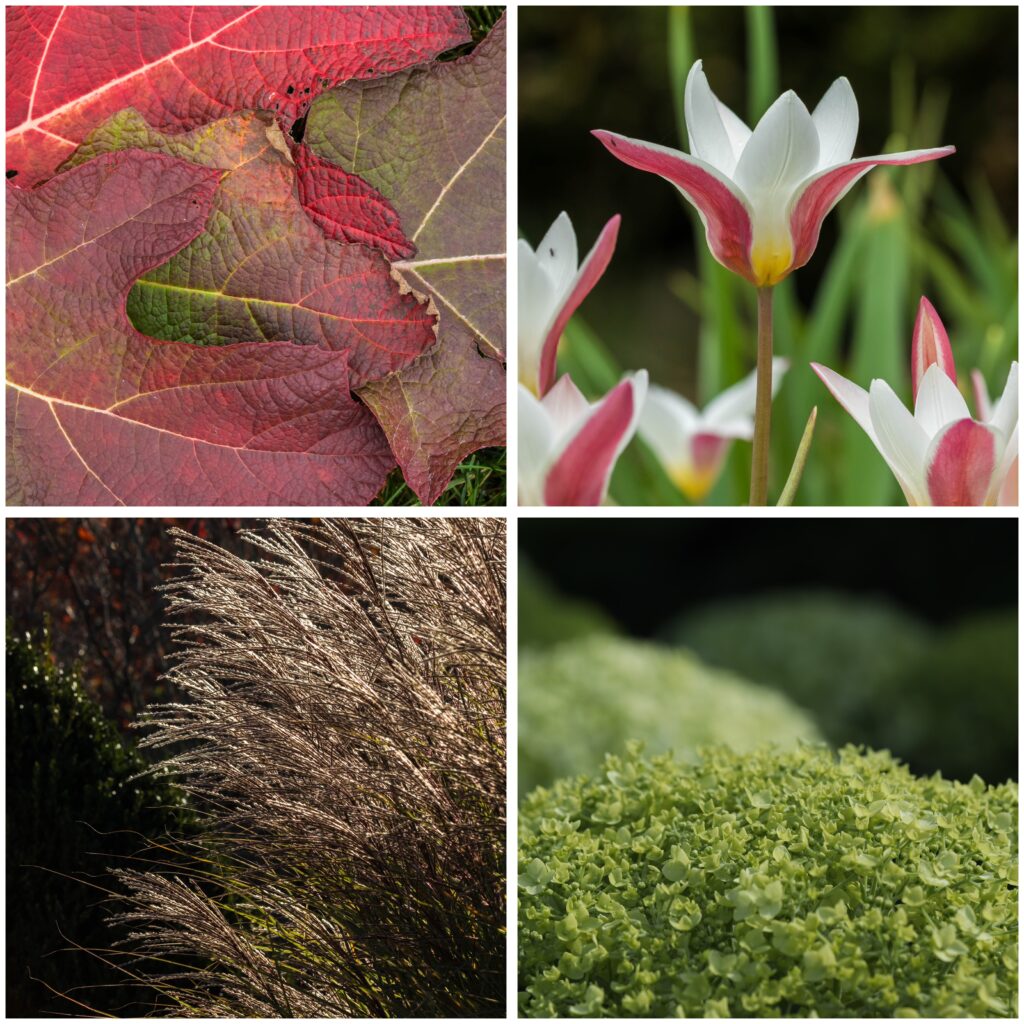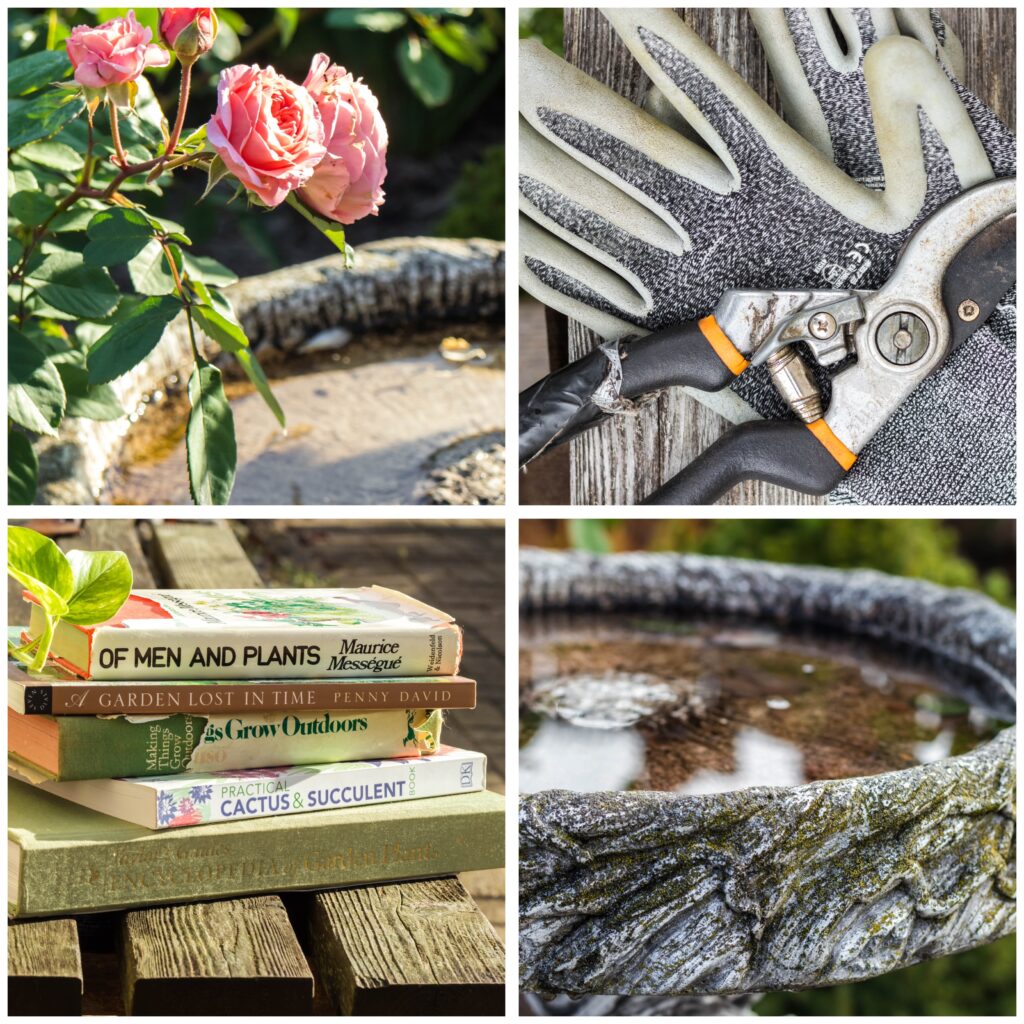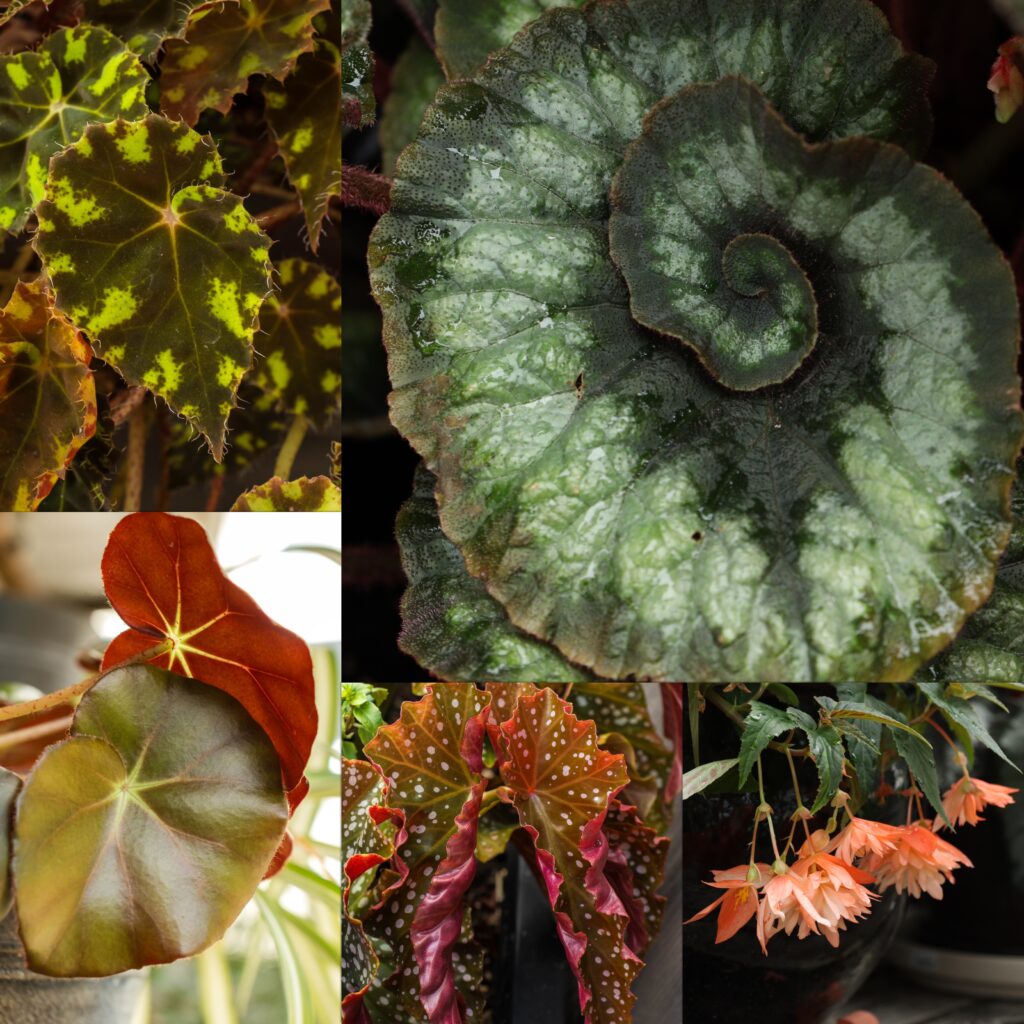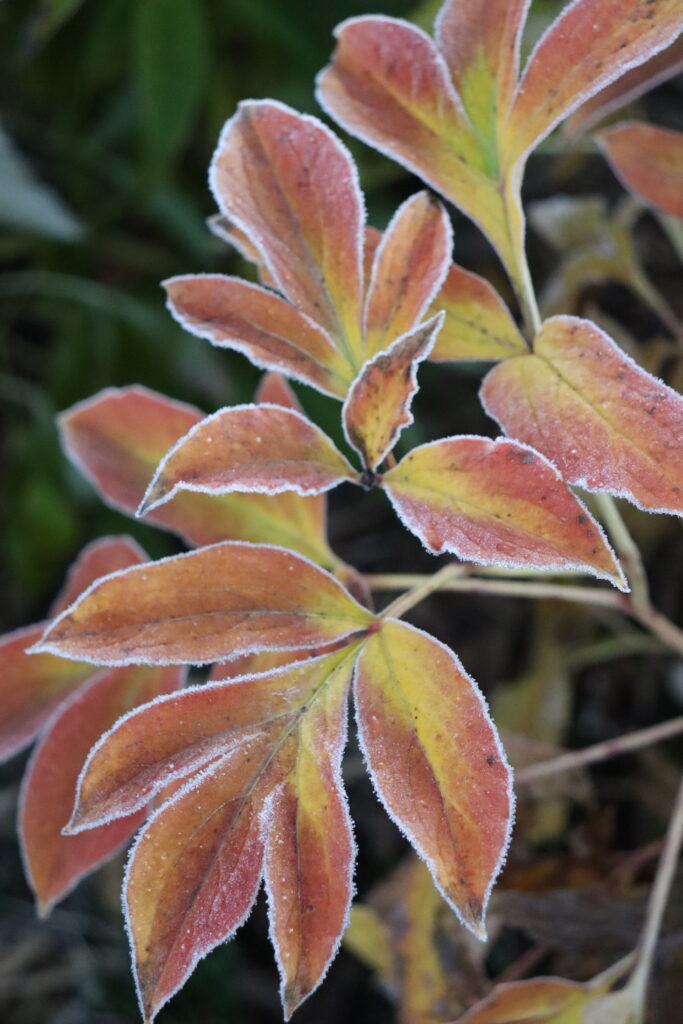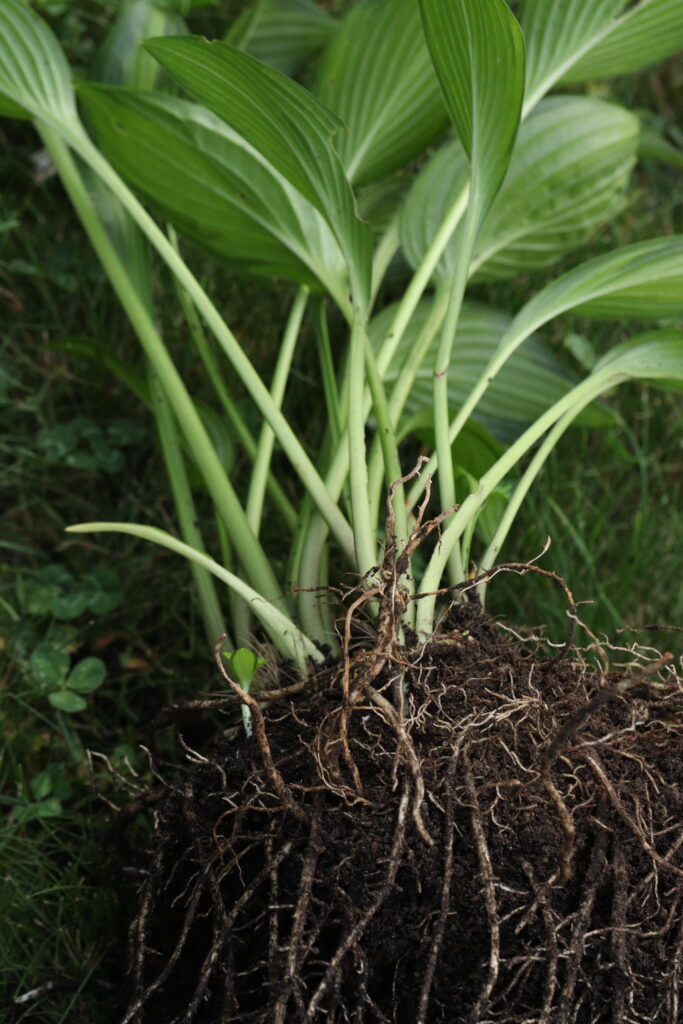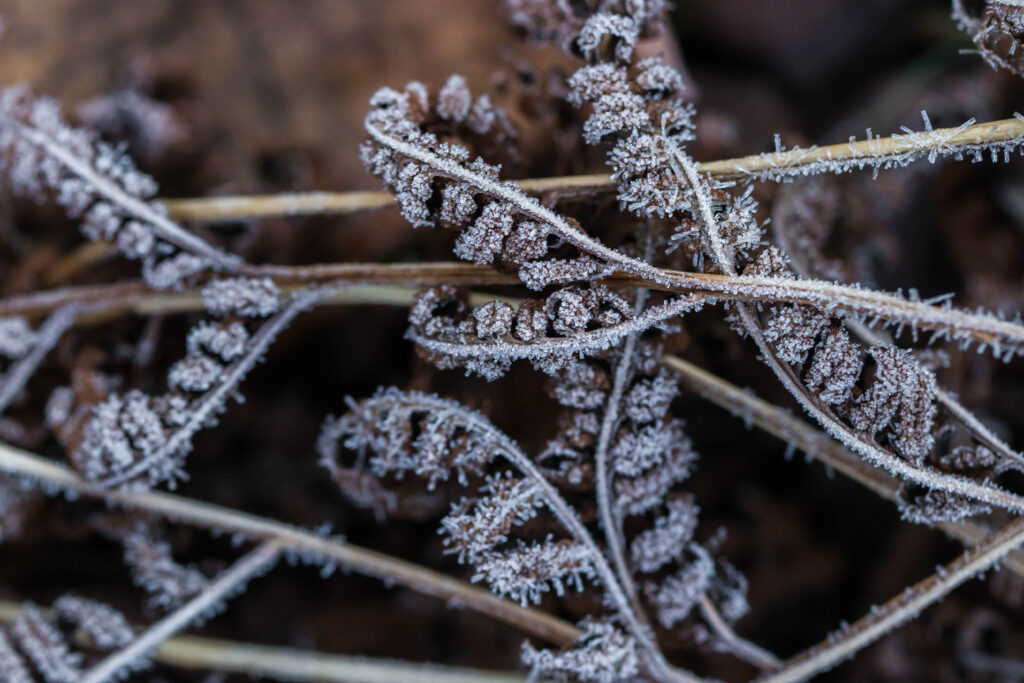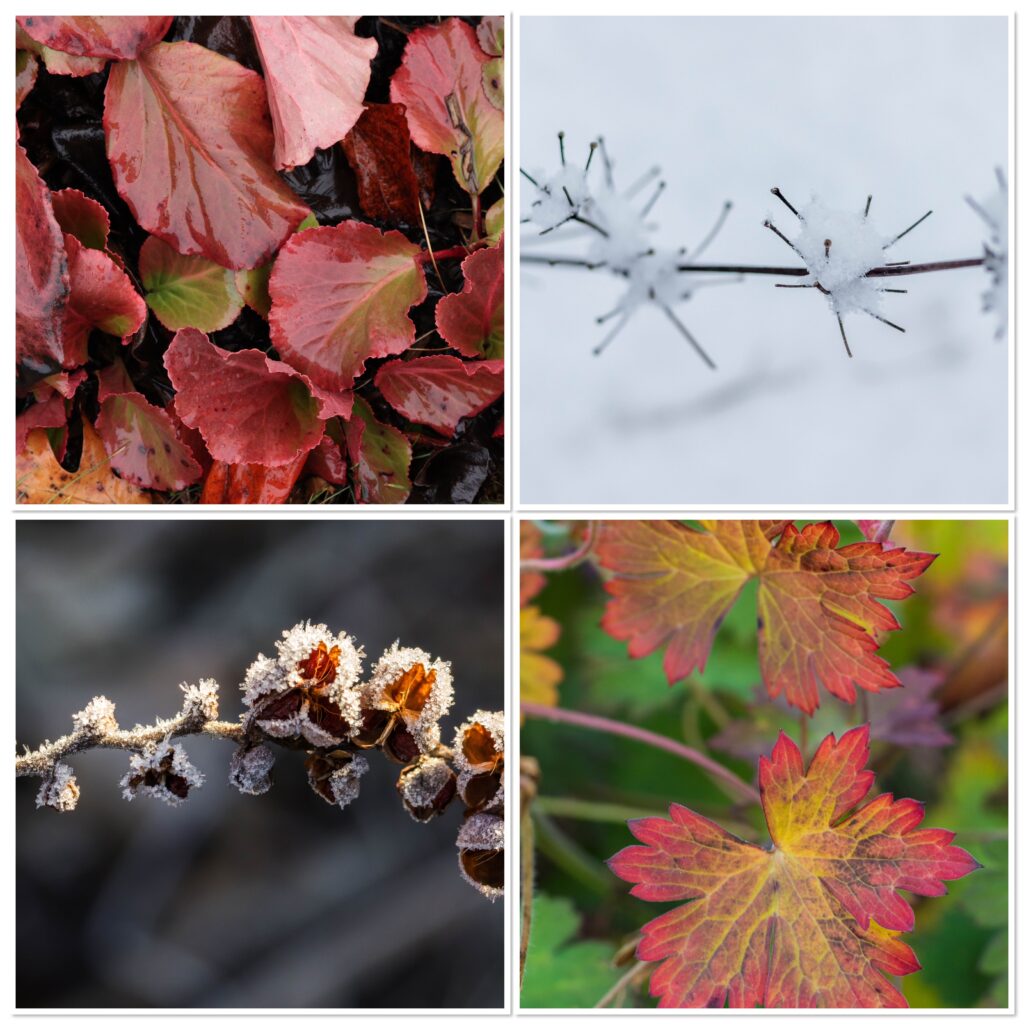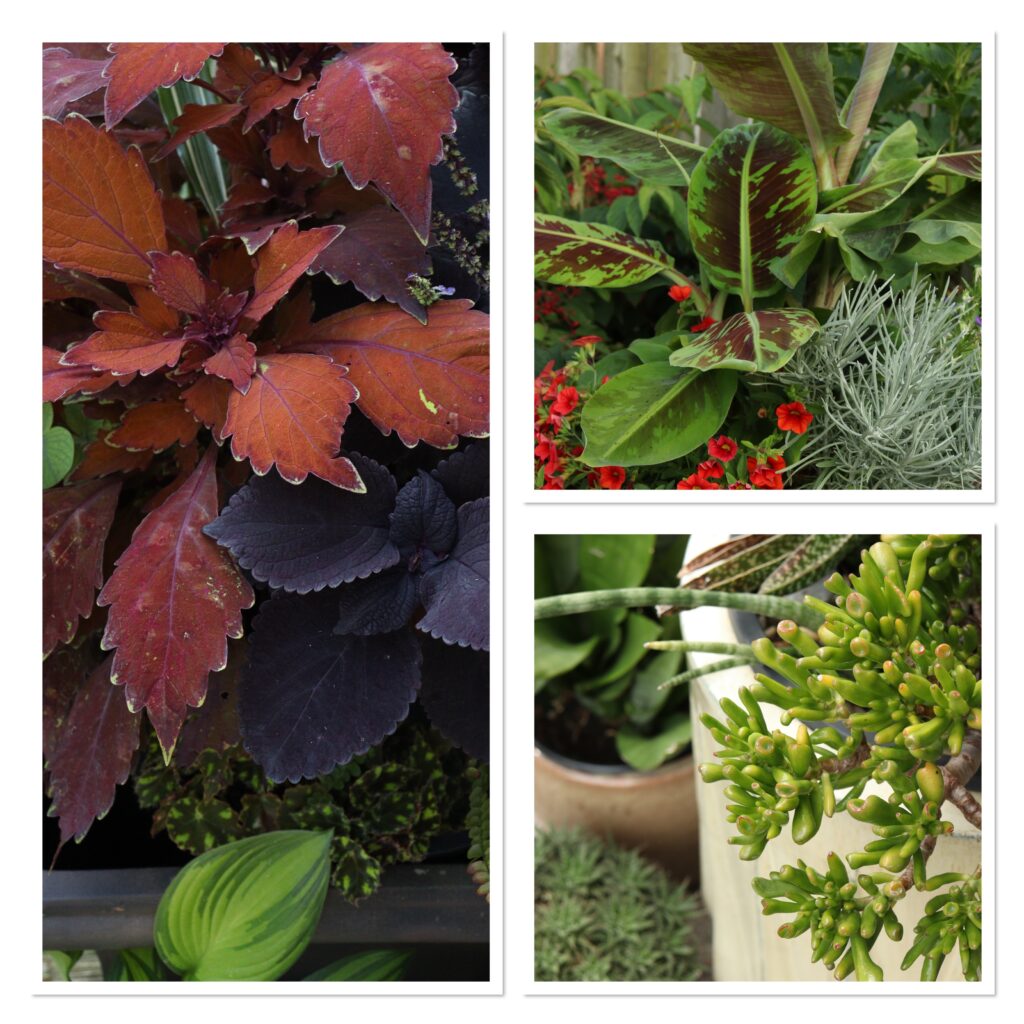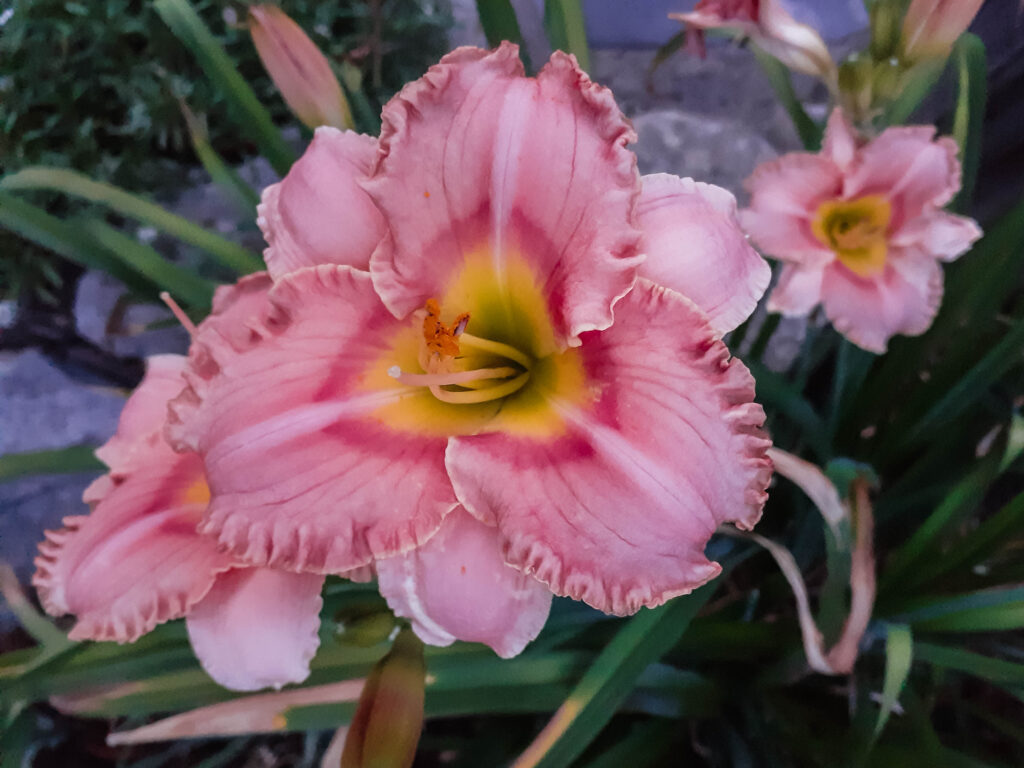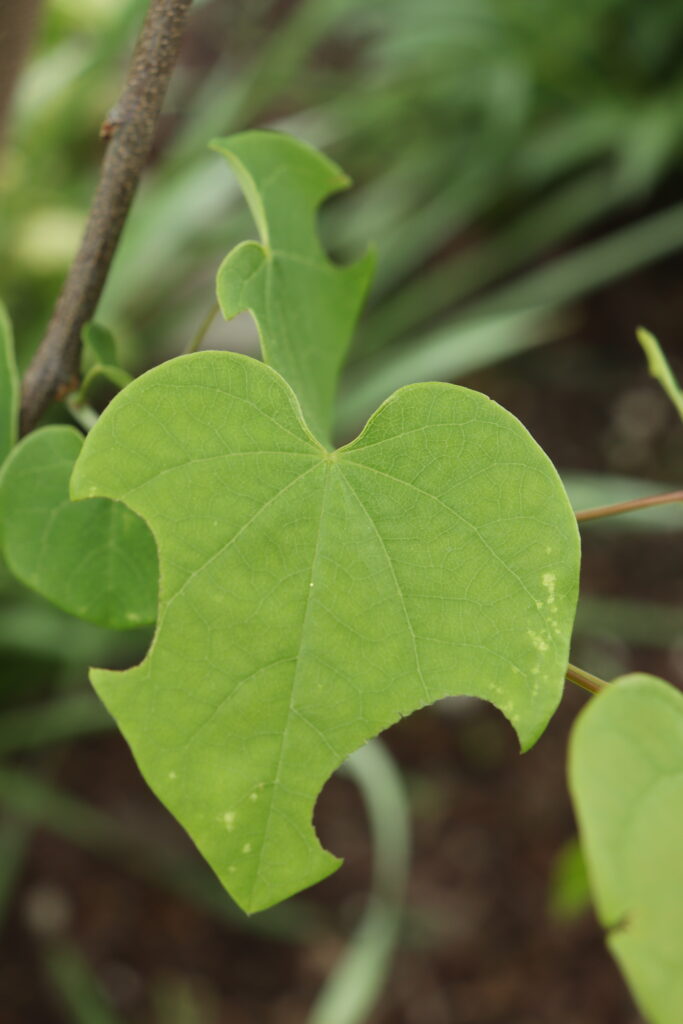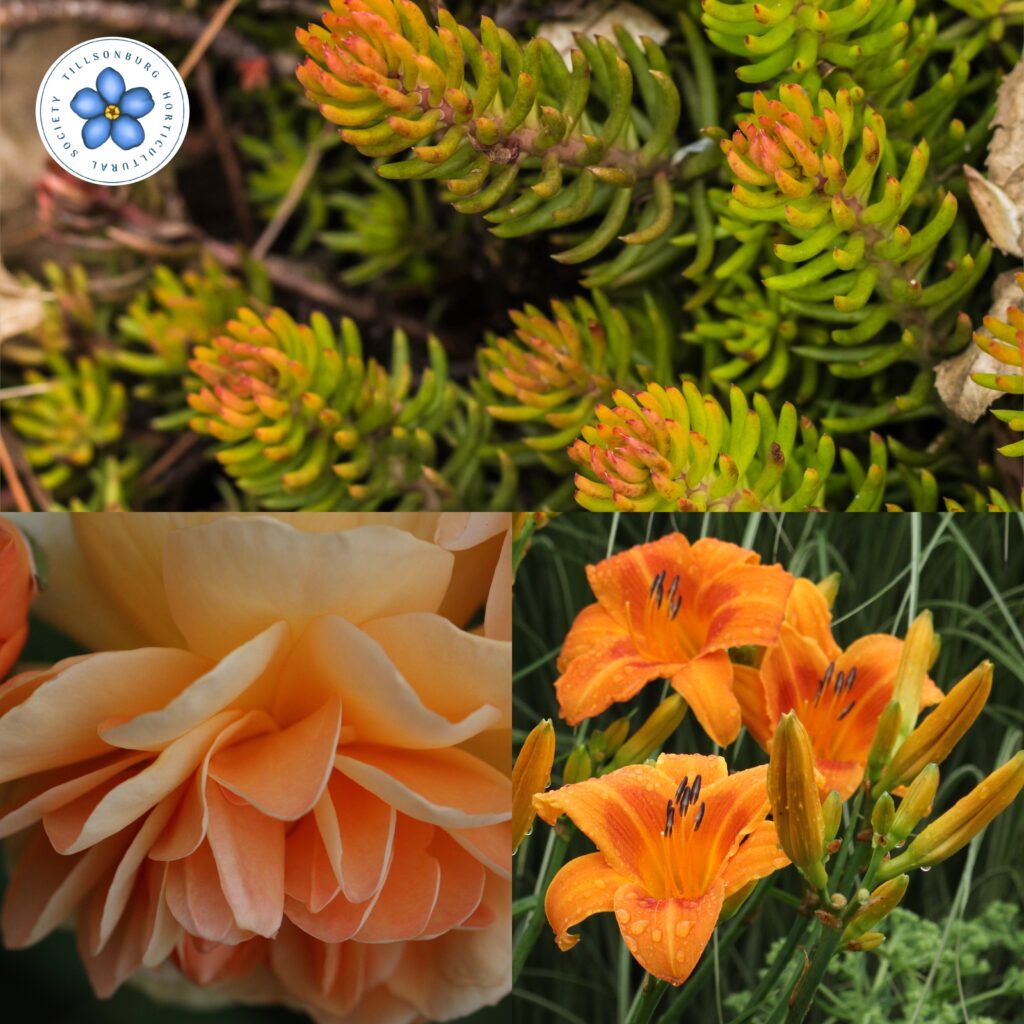By Sue Healey, Tillsonburg Horticultural Society
Once winter loosens its chill grip, I am seized with the need to be outside. There doesn’t seem to be a moment to waste now that the sun shines more readily and there are full days of warmth. But I’ve learned over my years in the garden, to tread lightly in these early days of spring. The ground is cold and frozen in the shadows. Digging and planting are weeks away. There are many good things still at rest in the garden. Beyond dormant plants and yet to bloom bulbs, is a world of beneficial insects nestled in the leaf cover, burrowed just underground, or sleeping in last year’s stalks.
Pollinators, natural predators and their prey are important aspects of a healthy garden and many need time to come out of hibernation. Instead of tidying, I’ll use these early weeks of spring to refresh my knowledge of what lies waiting to emerge, the good bugs and the bad.
On the most common garden pests, aphids, has a natural predator that is just as well known. Lady Bugs (Coccinellidae), the dotted beetle of nursery rhyme fame is a voracious aphid hunter. They can be found, along with their alligator-shaped offspring in amongst the colonies of aphids, happily impaling and consuming them by the dozens. I watch every spring as my Euonymus’ new growth is curled by hordes of aphids, only to be wiped out within a few weeks by the Lady Bugs and their young. The sight is truly a marvel and one I encourage you to seek out.
While Lady Bugs need no introduction, but pale green Lacewings (Chrysopidae) might. An important predator of aphids, scale, mites and other pests, this delicate looking insect has a slender body with large, veined wings and dark, round eyes. Lacewings are skilled hunters in almost very stage of their lives; their nymphs (juvenile offspring) are so ferocious, they are dubbed “aphid lions”. Lacewings lay their eggs on the underside of tree and shrub leaves, so letting leaves lie is an important step to encouraging beneficial insect populations. Providing over-wintering, nesting and feeding sites will encourage populations for generations. If natural predators are in short supply, they can be purchased at some garden centres or online.
Scale, another sap sucking insect that we often find on our shrubs and trees, protects itself with a waxy or cottony outer shell. While they feed on many types of plants and can sap the life out of them if left unchecked, scale is also a food source for many beneficial insects. Lacewings, syrphid flies, and parasitic wasps all feed on scale’s various life stages and can keep most populations in balance. When numbers do get out of control and native predators are overwhelmed, dormant oil sprayed over affected limbs can be an effective control measure. In some cases, only the removal of the affected plant will ensure that the scale does not spread to neighbouring plantings.
We all have caterpillars of one sort or another in the garden. There is a thin line between friend and foe when we think of the caterpillar. They are the larval stage of so many things, moths, butterflies, beetles. They are destroyers of crops, like the codling moths (Cydia pomonella) that leave worms in your apples. Theyare producers of the crop, like the silkworm (Bombyx mori) that spins the finest thread. They are magicians, weaving themselves into objects of pure fantasy and delight. So, I go with a light hand when hunting in the garden. I rely on manual control, and only when numbers threaten the health of it’s host. But mostly, I let the wasps do my pest control. Of all the beneficials I have discovered, wasps have been perhaps the most wickedly wonderful.
There are hundreds of types; tiny to large, metallic to dull, thin waisted and long legged. Almost all are natural predators of caterpillars, scale, mites and leaf hoppers. Waspsboth feed directly on their prey and use them for their young. Live prey can be stuffed into chambers along with unhatched eggs or laid directly on their prey, a ready meal once eggs have hatched. More macabre still, some wasps lay their eggs inside the host so that it is consumed from inside. Viburnum Leaf Roller, Tomato Hornworm, and even June bugs are all parasitized by different types of wasps that are readily found in our gardens. Native wasps and bees are usually solitary, incidental pollinators and harmless to humans. While they feed on other insects, they also use nectar and pollen as food sources and can be attracted to the garden with flowering plants such as sea holly, sweet alyssum and statice. Nesting sites include dead tree trunks, hollowed plant reeds and underground burrows.
There are others that have come to visit and taste what lives around my home. There are bugs and weevils, leaf hoppers and miners but most don’t do much damage before they move on. There are spiders and assassin beetles to ward off the worst, birds and dragonflies to guard the skies. They are all welcome and wanted, all part of a healthy and vibrant ecosystem.
Refocus that spring cleaning energy on your local Horticultural Society. Volunteers are welcome at a variety of society events and programs.
April’s featured speakers are Irene Kicak and Veronica Tunzi who will present “Hemp for the Homestead”.
Tuesday, April 1, 2025, Tillsonburg Seniors Centre, 7:30 pm. Membership $20/year or guest $5/meeting.
Come as guest, stay as a member.
📷 S Healey
